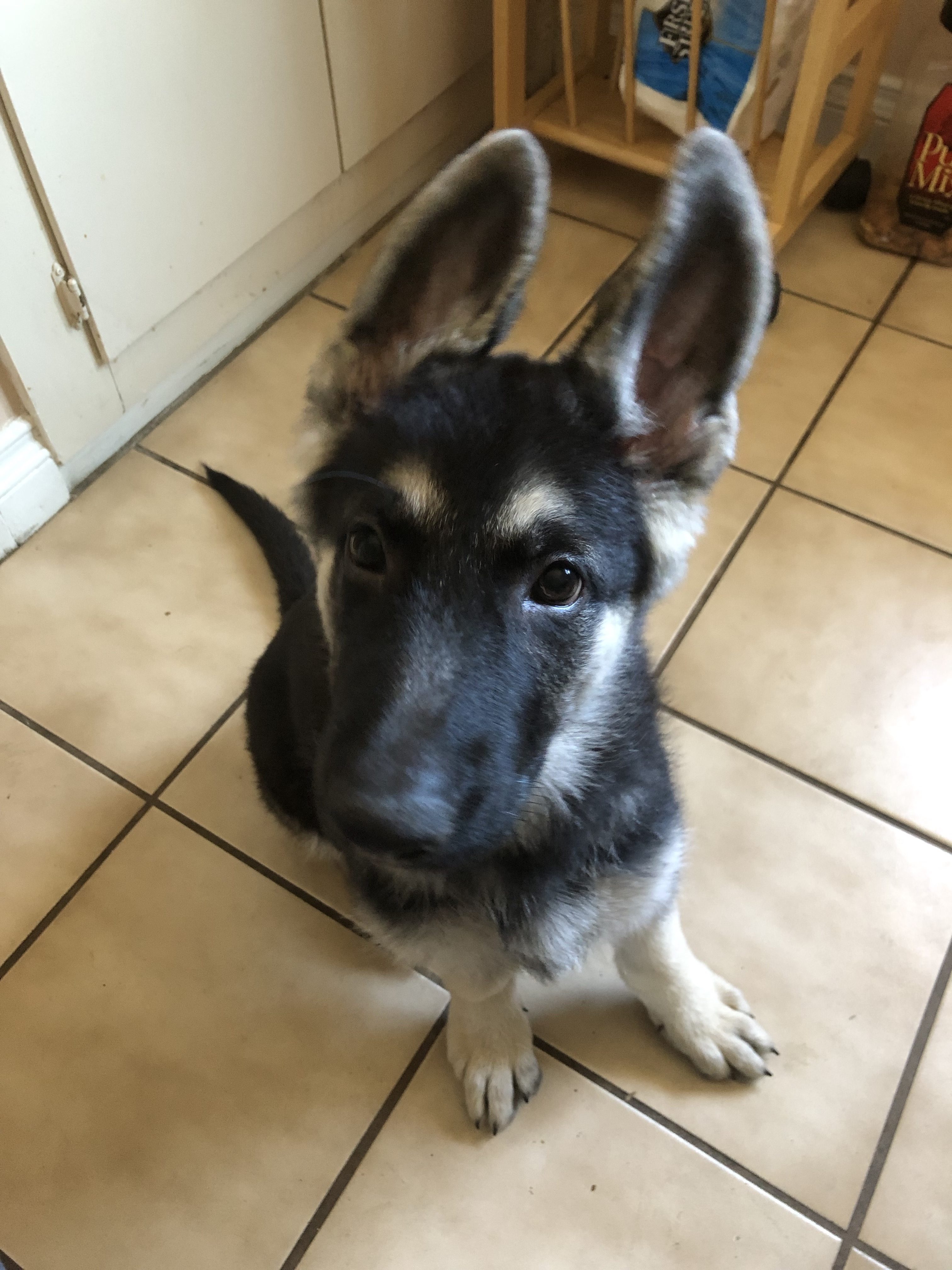
Furry Sponges Need Friends
A dog recently came to my class who had taken class almost a year ago, and he’d now forgotten that he liked other dogs during the first class. He has not had much nice on-leash socialization since that other class.
Now is the time. Wherever your dog is in her skills, wherever you are in your busy schedule, now is the time to have your dog out and about.
Sometimes we take a puppy through a great socialization class during that critical period before sixteen weeks–or even after that period–and we see how easily the pup gets along with others and isn’t fazed by any of the curve balls we throw, like funny noises and people and places. Because puppies generally are so malleable when they’re very young, it’s easy to say, “One and done. I did my job as a pup parent.” You did. Good for you. But the job continues.
One six-week class does not make a great canine citizen. Getting your dog out into the world for positive experiences as often as possible is good for both of you. Even if you have an adult dog with issues around other dogs or children or new places, the problem won’t be solved by keeping her away from things that bother her. A capable positive trainer can help with those difficulties.
Staying in classes can prevent and alleviate the problems! Not every trainer wants to have reactive dogs in class with non-reactive dogs, but the reactive dog can be carefully managed–usually at a distance at first to relieve some of the pressure–so she can start to have nice experiences around other dogs to minimize her fear. Because the vast majority of the time, fear is what is behind the dog’s behavior.
Your classes don’t even have to be obedience classes: try a new dog sport to stay active and social! And if your dog has a really great sit and down and recall, you need to bring those skills to another level. Now that you’ve got the basics down, the fun truly starts! Your dog is a sponge and capable of so much more. She thanks you and so do I!